For international manufacturers and businesses, the Russian tile and ceramic market represents a landscape of immense opportunity, yet one that is complex and requires a sophisticated approach. With its vast size, continuous demand from a robust construction sector, and a discerning consumer base, Russia offers a tantalizing prospect for market expansion. However, success is not guaranteed. It hinges on a deep understanding of the market’s unique dynamics—from its economic underpinnings and intricate distribution networks to its specific cultural preferences and legal frameworks.
This comprehensive guide serves as a strategic roadmap, providing actionable insights and a step-by-step plan for businesses aiming to enter or expand in the Russian market. We will move beyond a simple analysis and delve into the practical steps necessary to build a sustainable and profitable presence. From initial market research and product adaptation to navigating sales channels and mitigating geopolitical risks, this article is designed to be your essential companion on the journey to unlocking success in the Russian tile and ceramic industry.
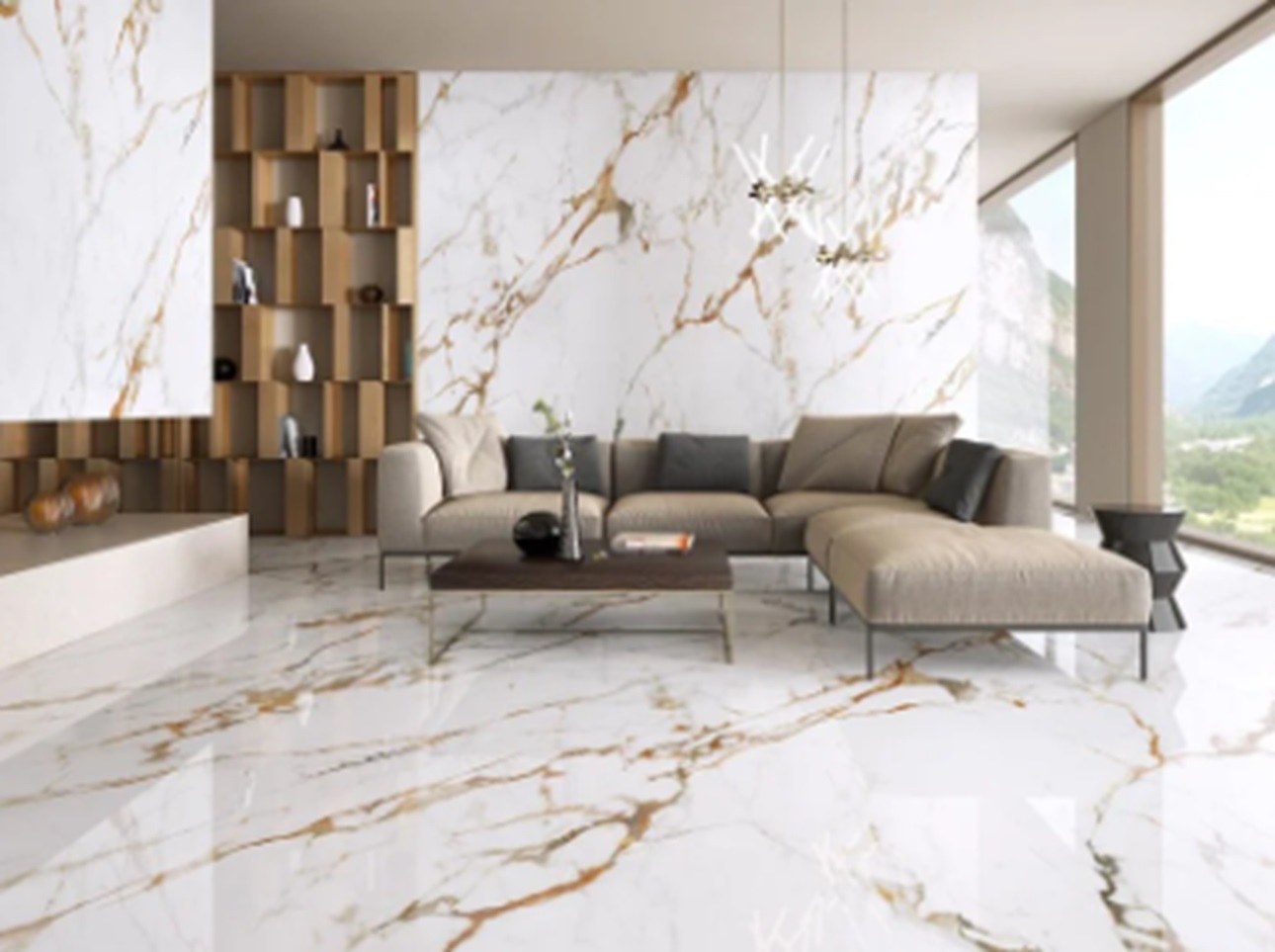
Step 1: Foundational Market Research and In-depth Analysis
Before a single tile is shipped, a thorough understanding of the Russian market is non-negotiable. This isn’t just about looking at headline figures; it’s about a granular analysis that will inform every subsequent decision.
Understanding the Macroeconomic Context
The health of the Russian tile market is directly tied to the national economy. A comprehensive analysis must begin here. Examine key macroeconomic indicators such as GDP growth, inflation rates, and, most importantly, the stability of the Russian Ruble. Consumer purchasing power is a crucial metric; when the economy is strong, consumers are more likely to undertake home renovations and invest in higher-quality, often imported, products. Conversely, in times of economic strain, the market shifts towards more affordable, domestically produced tiles. Stay informed about major state-backed construction projects, housing subsidies, and infrastructure development plans, as these initiatives can create significant demand for building materials.
Identifying Key Consumer Segments
The Russian market is not a monolith. You must identify and understand the different types of customers. The market can be broadly segmented into B2B and B2C.
- Business-to-Business (B2B): This segment includes large-scale real estate developers, architectural firms, interior designers, and construction companies. Their needs are often driven by project scale, technical specifications, and the ability to source large volumes reliably. Targeting this group requires building strong relationships and providing comprehensive support, including technical data and samples.
- Business-to-Consumer (B2C): This is the direct consumer market of homeowners and individuals undertaking renovation projects. Their decisions are influenced by a mix of factors: personal taste, design trends, budget, and brand reputation. They often rely on retail showrooms and DIY stores for inspiration and purchasing.
A successful strategy involves tailoring your approach to each segment. For B2B, focus on performance, reliability, and scale. For B2C, emphasize aesthetics, durability, and brand story.
Analyzing the Competitive Landscape
Who are your competitors, and what are their strengths and weaknesses? The Russian market features a dual structure: strong domestic players and established foreign importers.
- Domestic Manufacturers: Russian producers often have the advantage of lower production costs, a well-established distribution network, and a deep understanding of local tastes. They typically dominate the mass and mid-range markets, offering functional and affordable products.
- Foreign Importers: Historically, companies from Italy and Spain have dominated the premium and high-end segments, leveraging their reputation for superior design and quality. Chinese manufacturers compete aggressively on price in the entry-level market. Your research should pinpoint who your direct competitors are, what their price points are, and what their value proposition is. This analysis will help you carve out your own unique market position.
Step 2: Strategic Product Planning and Adaptation
A product that sells well in Western Europe or North America will not automatically succeed in Russia. Your product strategy must be tailored to the unique demands of the Russian climate and cultural aesthetics.
Localizing Your Product Portfolio
The most critical factor for success in the Russian tile market is product localization. This involves more than just aesthetics; it’s about meeting a functional need.
- Climate Adaptation: Russia’s severe winters make frost resistance a non-negotiable requirement for any outdoor-use tiles, such as those for balconies, terraces, and public spaces. The low water absorption of porcelain stoneware makes it the material of choice for its durability and resilience against freeze-thaw cycles.
- Aesthetic Alignment: While global trends are influential, Russian consumers have specific design preferences. The demand for porcelain stoneware that mimics natural materials like marble, wood, and natural stone is exceptionally high. These looks are favored for their durability and luxurious feel. Additionally, large-format tiles are extremely popular in modern Russian apartments, as they create a sense of spaciousness and clean lines. You should consider offering a product mix that balances globally trending designs with a selection of classic, timeless looks that have a proven appeal in the Russian market.
Pricing for the Russian Market
Pricing is a delicate act. Russian consumers are highly value-conscious. While they appreciate quality, they are often price-sensitive, especially in a market where economic fluctuations can impact disposable income. Your pricing strategy should strike a balance between profitability and competitiveness. Avoid a “one-size-fits-all” approach. Consider a tiered pricing model that offers a range of products from mid-range to premium, allowing you to capture different consumer segments. Be prepared to adjust prices in response to changes in exchange rates.
Step 3: Building a Strong Presence and Distribution Network
A great product means nothing without a reliable way to get it into the hands of customers. The vast geographical size of Russia makes distribution a logistical challenge that requires strategic planning.
The Importance of Local Partnerships
For many foreign companies, the most effective entry strategy is to partner with a reputable local distributor. A well-established partner can provide invaluable assets:
- Existing Network: They have pre-existing relationships with retail chains, DIY stores, and key B2B customers.
- Logistics Expertise: They understand the complexities of Russian logistics, including customs clearance, transportation across vast distances, and warehousing.
- Market Knowledge: They can offer real-time insights into market changes, competitor activities, and emerging trends that are hard to grasp from afar.
When choosing a partner, look for a company with a proven track record, a strong financial position, and a clear understanding of your brand’s vision and products.
Exploring Diverse Sales Channels
Relying on a single sales channel is a mistake. A multi-channel approach is necessary to maximize market penetration.
- Retail Showrooms: For premium and mid-range tiles, physical showrooms are essential. They allow customers to see and feel the product, and for designers to visualize it in a project setting.
- DIY and Construction Stores: Large-format stores like Leroy Merlin and other big-box retailers are crucial for reaching the mass market and consumers on a budget. Having your products stocked in these chains can significantly boost your brand visibility and sales volume.
- E-commerce Platforms: The Russian e-commerce sector is booming, and this includes building materials. A strong online presence is non-negotiable. This could be a dedicated local e-store, or partnering with established online marketplaces. A well-designed website with high-quality images and clear product information can attract a new generation of buyers.
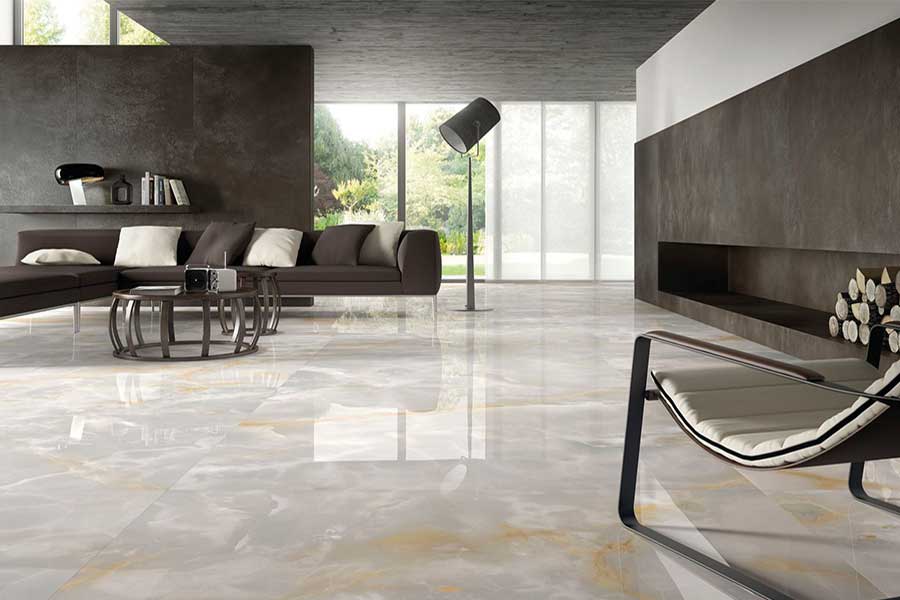
Step 4: Effective Marketing and Brand Building
In a crowded market, simply having a good product is not enough. You must build a strong, recognizable brand that resonates with the Russian consumer.
Digital Marketing as a Cornerstone
The Russian population is highly connected, making digital marketing the most effective way to reach your audience.
- Website Localization: Your website must be in Russian, with all content, including product descriptions and technical specifications, translated professionally.
- Social Media Engagement: Local platforms like VKontakte and Telegram are as important, if not more so, than global platforms like Instagram. Use these channels to showcase your products, share design ideas, and engage directly with your community.
- Targeted Advertising: Invest in online advertising campaigns that are tailored to your key consumer segments. Use geo-targeting to focus on major cities and regions where construction is booming.
Engaging with the Design and Architectural Community
For the B2B segment, building relationships with architects and designers is paramount. They are key decision-makers who can specify your products for major projects.
- Trade Shows: Participate in major Russian trade exhibitions like MosBuild in Moscow. This is the single most effective way to meet potential partners, connect with designers, and showcase your new collections to a broad professional audience.
- Collaboration: Sponsor design competitions, host seminars, and organize factory tours for key influencers and specifiers. By positioning your brand as a source of innovation and quality, you can secure its place in major commercial and residential projects.
Step 5: Navigating Legal and Geopolitical Challenges
The final step in the roadmap addresses the administrative and geopolitical realities that can make or break a market entry strategy.
Understanding Russian Regulations and Customs
The import process can be complex. You must have a clear understanding of Russian customs regulations, import tariffs, and product certification requirements (e.g., EAC certification, which is mandatory for many products). Non-compliance can lead to significant delays and financial penalties. A reliable local partner can be invaluable in handling these administrative complexities.
Mitigating Geopolitical and Financial Risks
The current geopolitical climate requires a robust risk management strategy. Sanctions can impact supply chains, financial transactions, and market sentiment.
- Diversify Supply Chains: If you are a foreign company, consider diversifying your sources of materials or even establishing local production facilities if feasible.
- Currency Risk Management: The volatility of the Ruble is a constant challenge. Implement strategies to manage currency risk, such as negotiating contracts in a more stable currency or using hedging instruments.
- Local Legal Counsel: Secure the services of legal counsel specializing in Russian law to ensure all your business activities are fully compliant and to help navigate any potential legal issues.
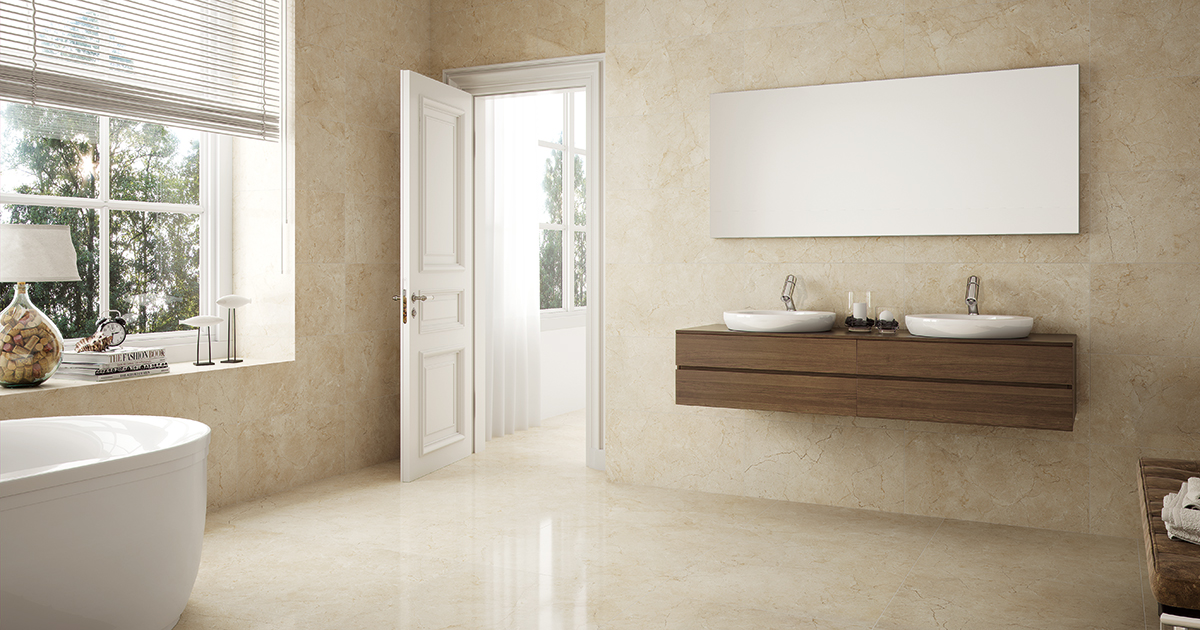
Conclusion
The Russian tile and ceramic market is a formidable yet rewarding frontier. It demands a strategic and patient approach, but for those who are prepared to invest the time and resources, the rewards can be significant. By following this roadmap—starting with a deep dive into market research, adapting your products to local needs, building a powerful distribution network, engaging in targeted marketing, and carefully navigating the legal and geopolitical landscape—you can transform challenges into opportunities. Success in Russia is not about luck; it’s about a well-executed plan that is agile, informed, and committed to building lasting relationships in a dynamic and ever-evolving market.
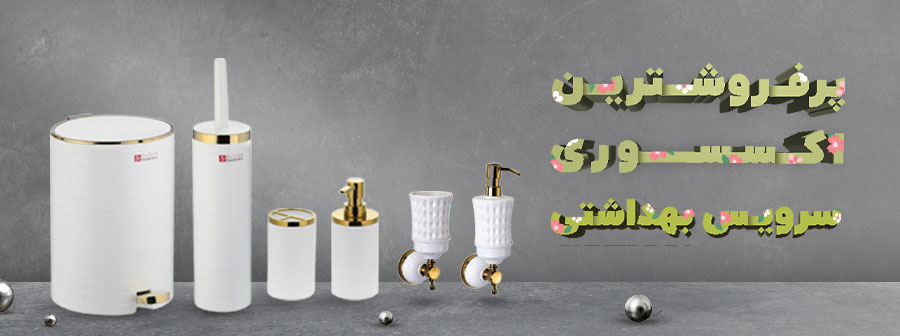
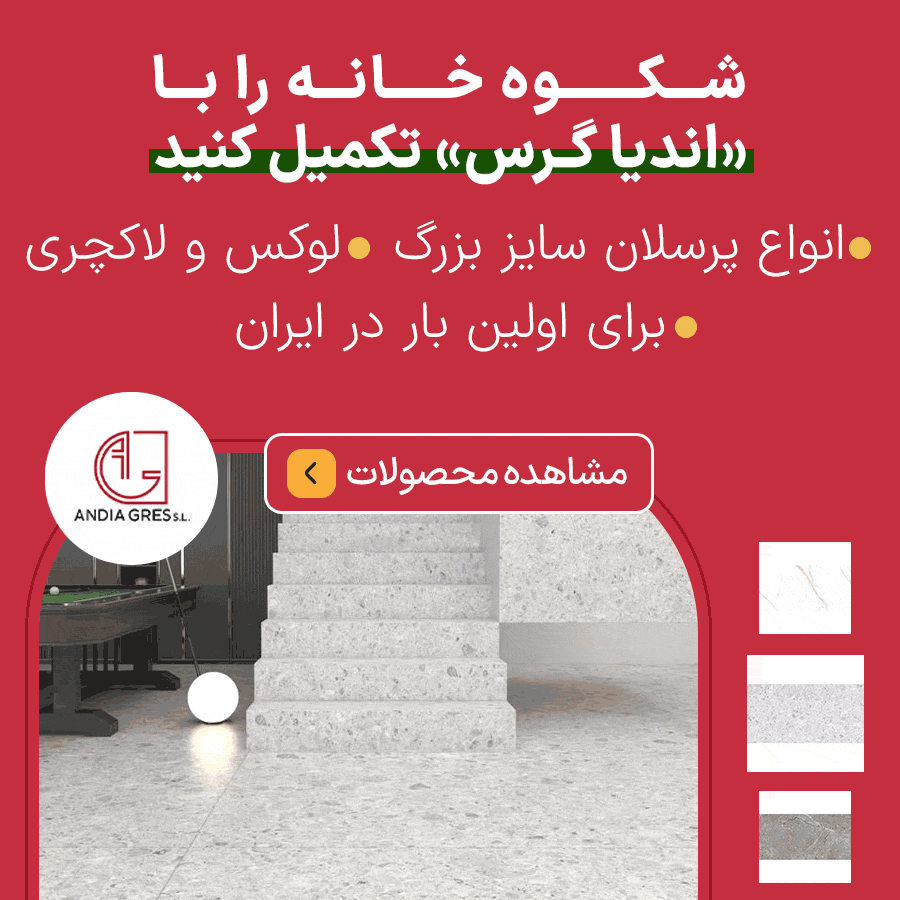
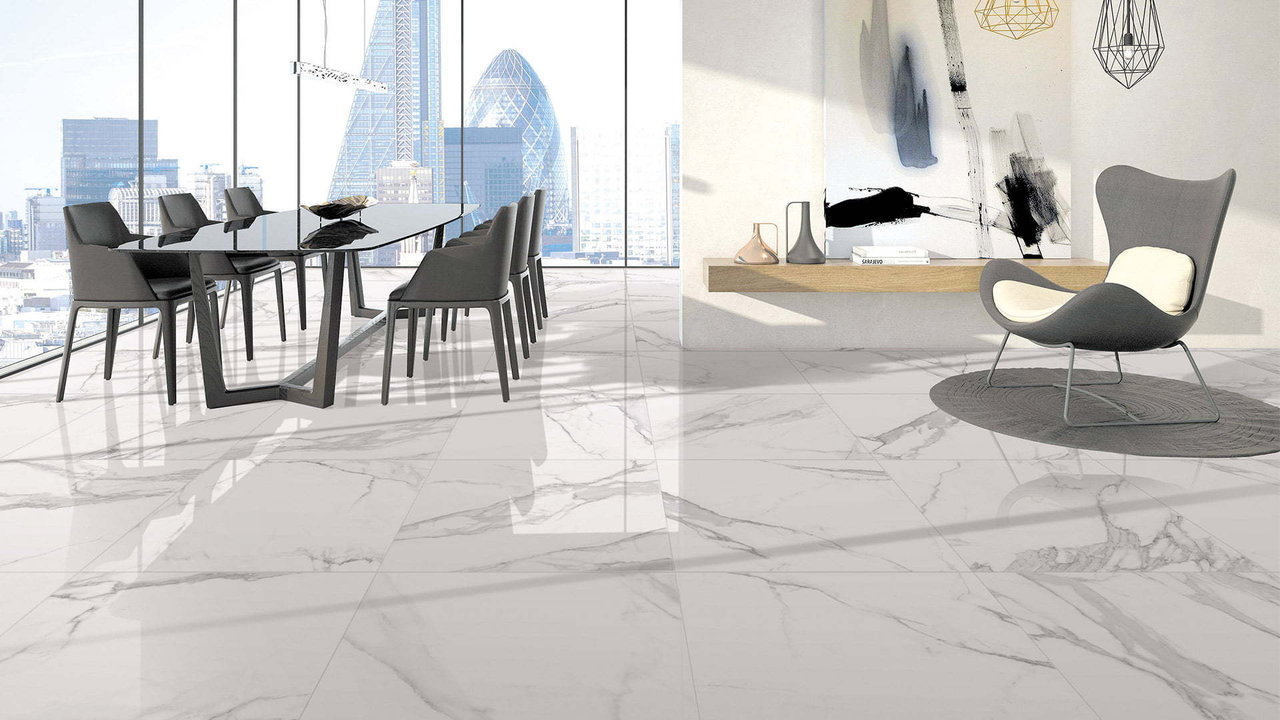
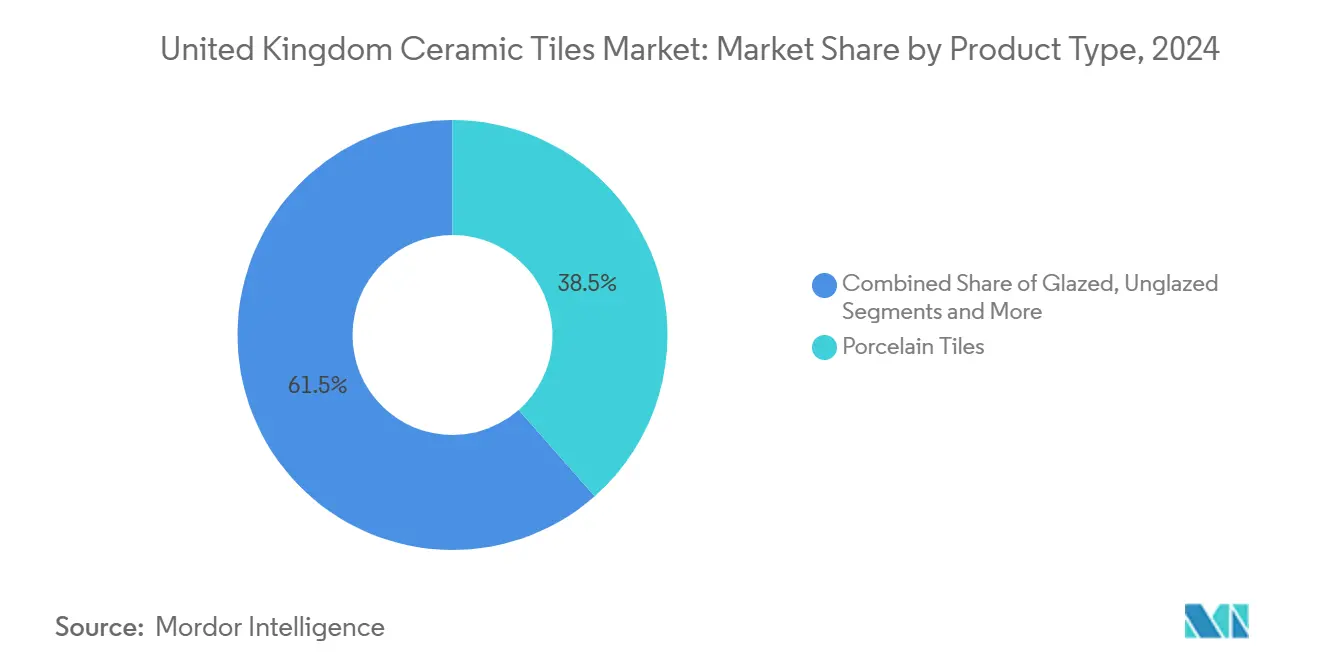
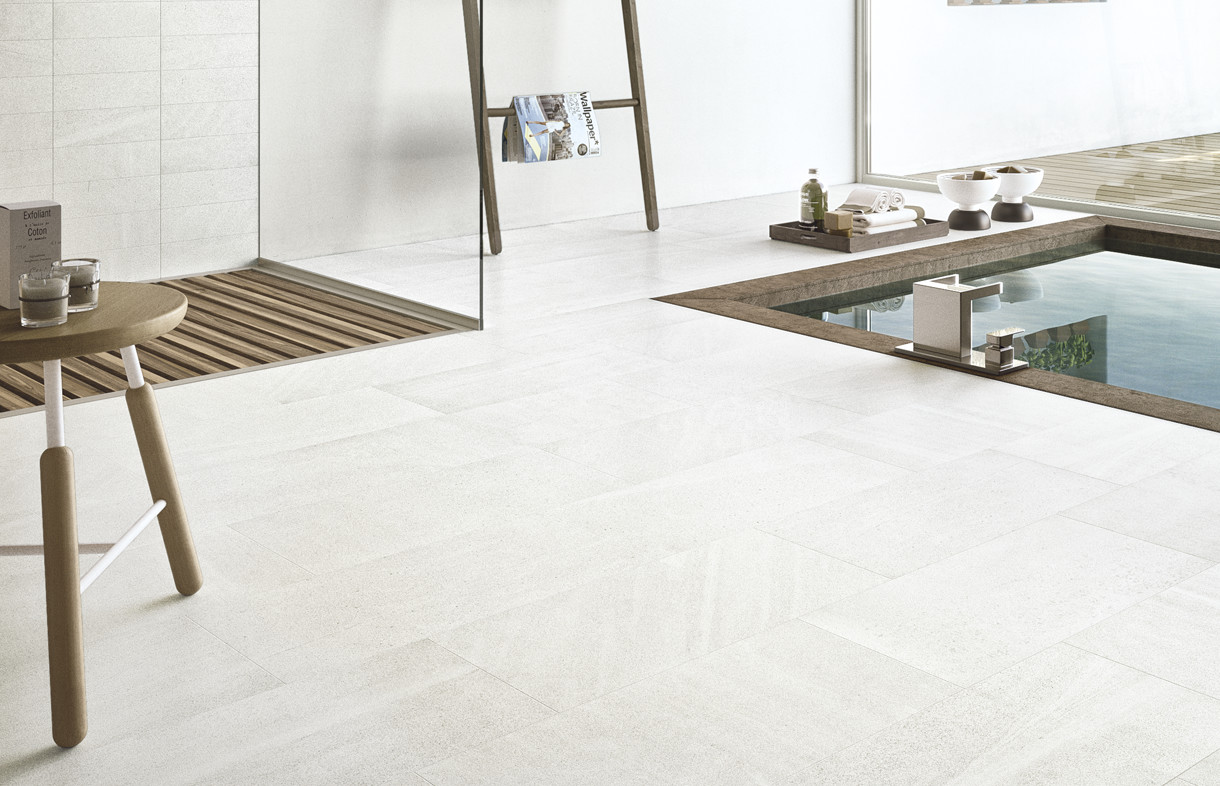

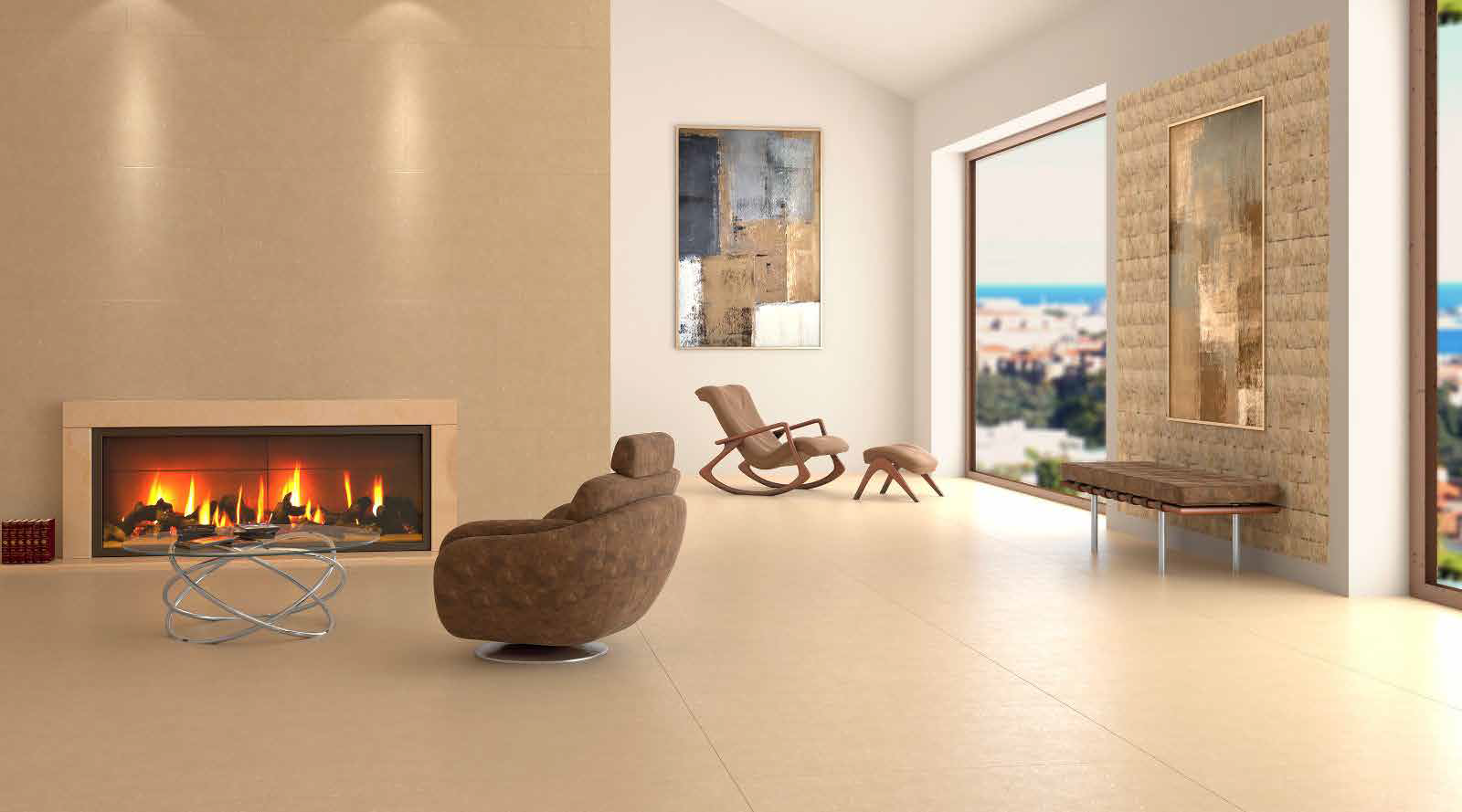
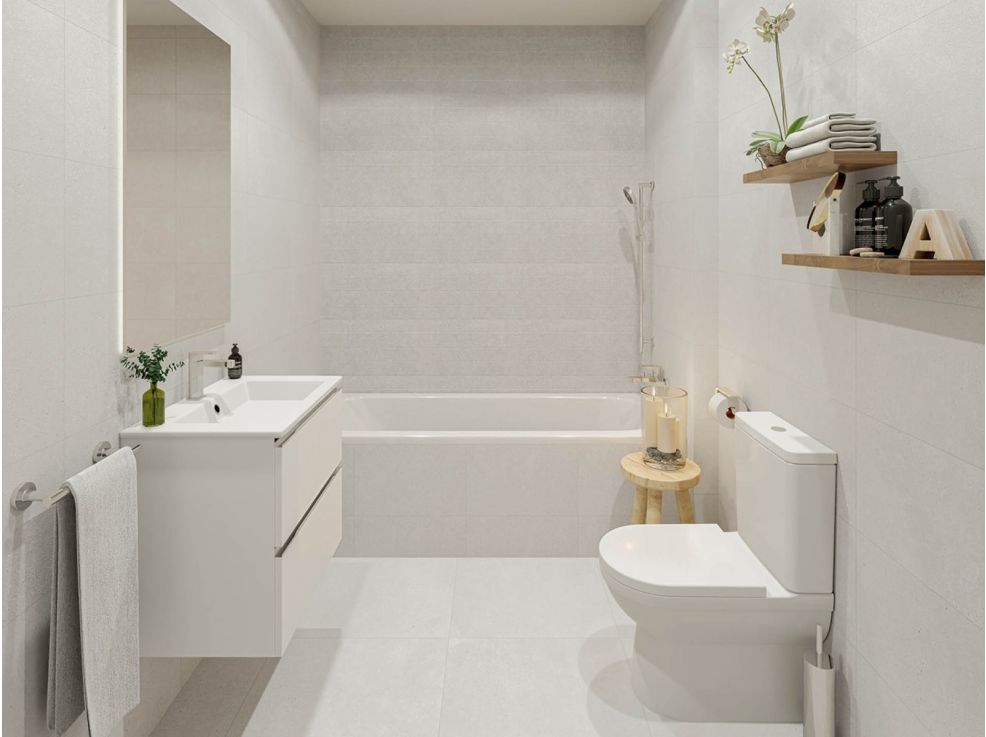
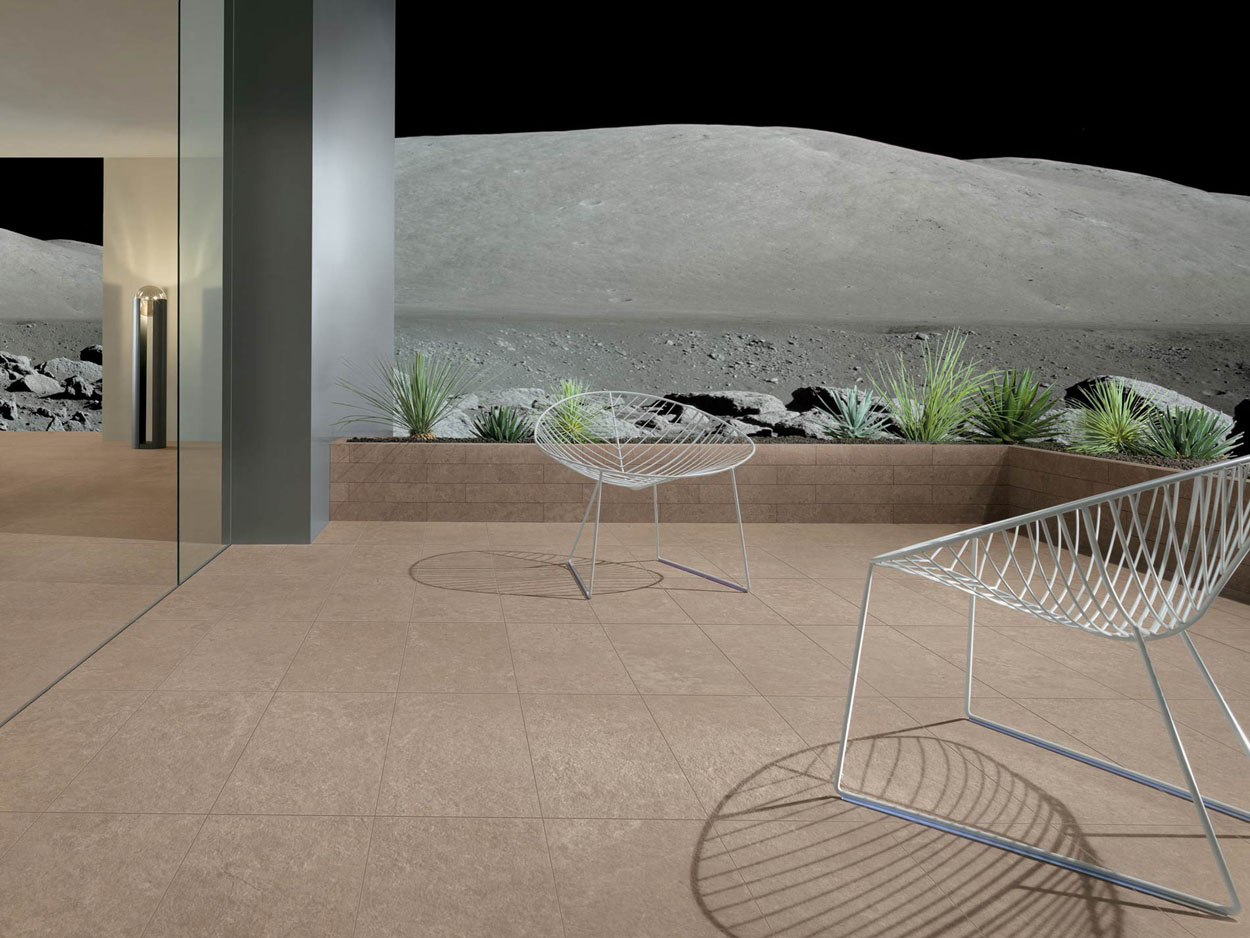


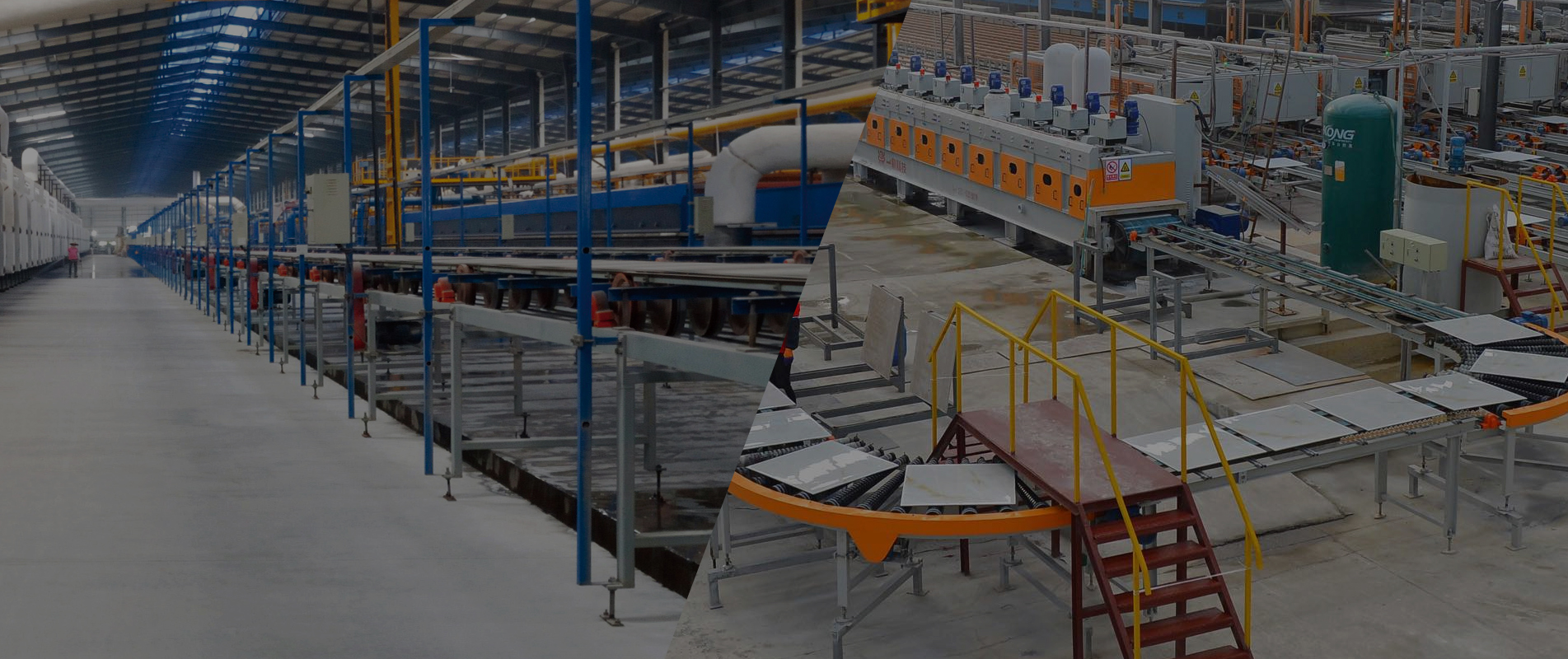
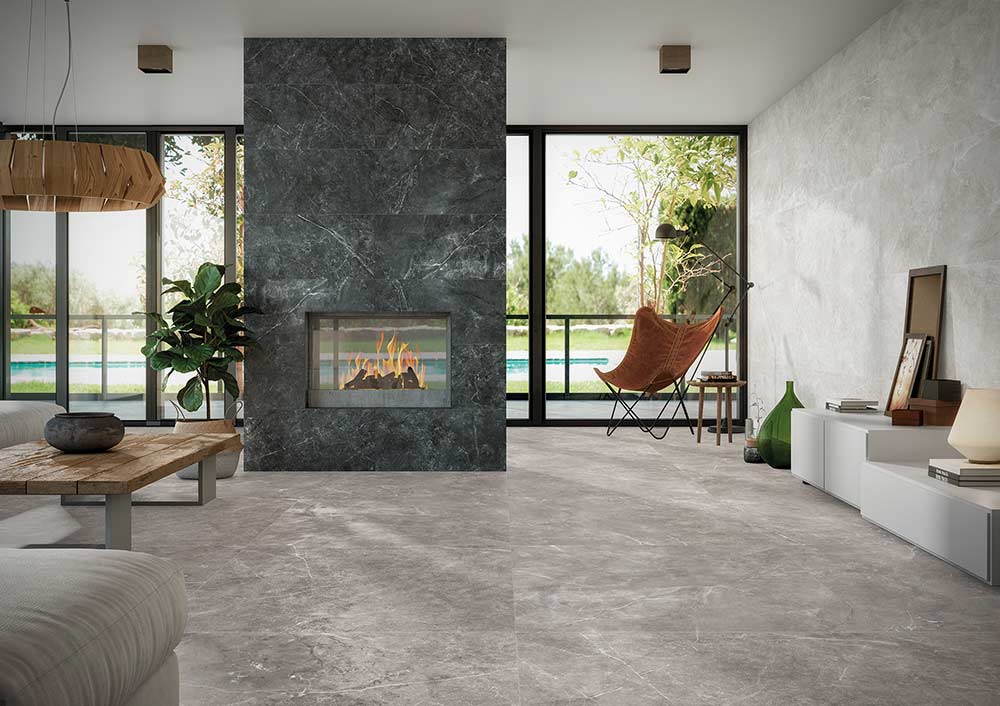
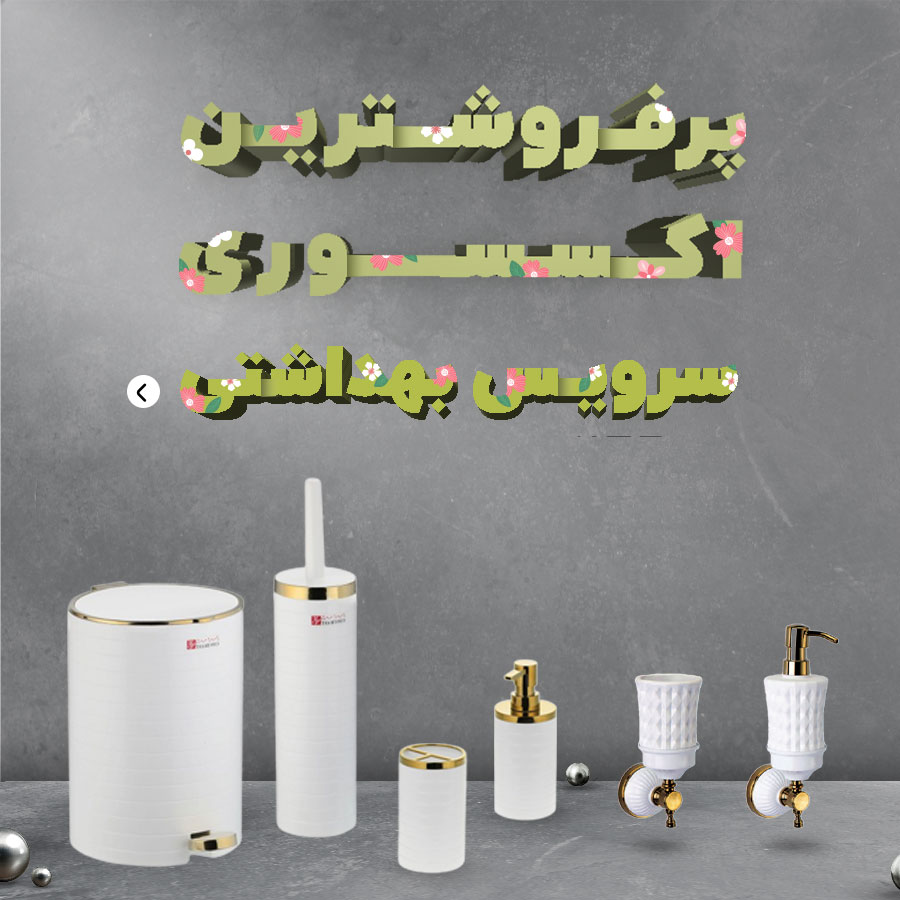

نظرات ۰